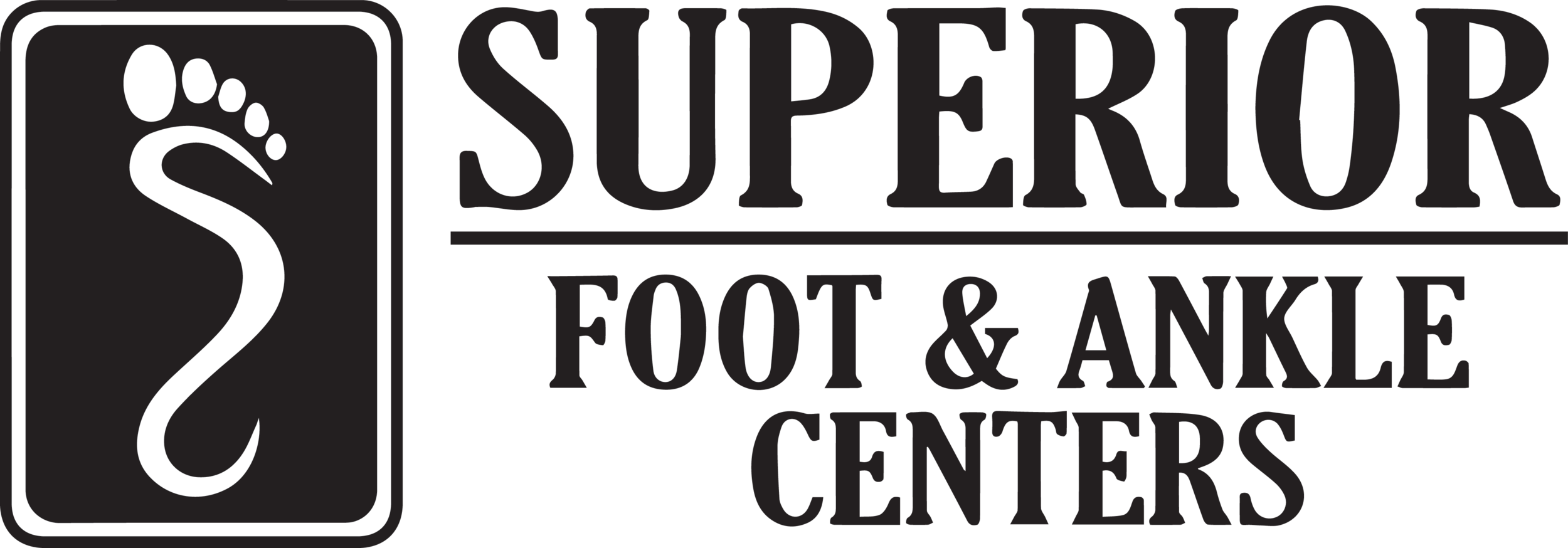LOW BACK PAIN HAS MANY TREATMENTS
Over 80 percent of the population will experience an episode of low back pain over their lifetime. For many, the course is benign, but some develop a chronic problem. The condition is costly, with total amounts estimated to be between 100–200 billion dollars annually.
The cause of low back pain remains ‘obscure’ but thought to be usually due to musculoskeletal issues. Largely, it develops from the stress placed on the back from upright walking. The spine is a column, composed of a series of bones, the vertebrae, with the infamous disks between each vertebral bone. These disks are especially susceptible to the recurrent trauma of being upright. These stresses also can lead to fracturing of the vertebrae.
Foot function, especially pronation, directly effects the joints that rest on the feet, including the back. Six weeks of prescription shoe orthotics significantly improved back pain and dysfunction in one study.
Many treatments currently utilized lack strong evidence of their benefits. Physical therapy remains the most commonly prescribed, reimbursable, evidence-based, non-pharmacologic therapy prescribed by doctors. There is little evidence for the long-term use of NSAID drugs (eg ibuprofen) or opioid medications. There is good evidence for the benefits of yoga, per many medical trials and may be just as good as physical therapy for reducing pain and increasing mobility. Yoga should be considered by those suffering from cLBP.
More research is needed to accurately quantify the effects of foot orthoses on chronic low back pain, especially their effects on lumbopelvic muscle function and posture. This is at least partially due to the difficulty in studying this relationship. It is quite challenging to construct a study which can accurately evaluate how well a pair of orthotics can affect low back pain when the supports themselves are going to vary so significantly.
There is tremendous variability in how well an arch support works. A custom device is made from a copy of an individual’s feet, but many differing techniques exist, and also many different materials for construction. Foot supports will vary in how well they alter foot motion during walking, and how they affect spine mechanics.
The standard treatments for cLBP provide some measure of relief, usually temporary. Numerous studies reveal foot orthoses represent a simple and effective therapeutic treatment for many cases of low back pain. Chronic low back pain is complex, and pursuing your own adjunctive treatments, like yoga, can provide significant benefits. Foot orthotics have also proven to be tremendously helpful, a form of therapy Dr. McLean specializes in. Customized foot orthoses should have a role in the treatment of your low back pain.
